By Robert Marshall, www.Robertsairservices.com
As an FAA certificated parachute rigger and owner/operator of Roberts Air Services, I see a fair number of pilot emergency parachutes (PEPs) each day for inspection and repack. Occasionally during the inspection, I see something that pegs the wow meter and causes me to grab my camera. I recently had a PEP come in for inspection and repack that had the ripcord cable severed from having come in contact with the airplane’s positive battery lead. These photos are pretty dramatic and I thought worth sharing.
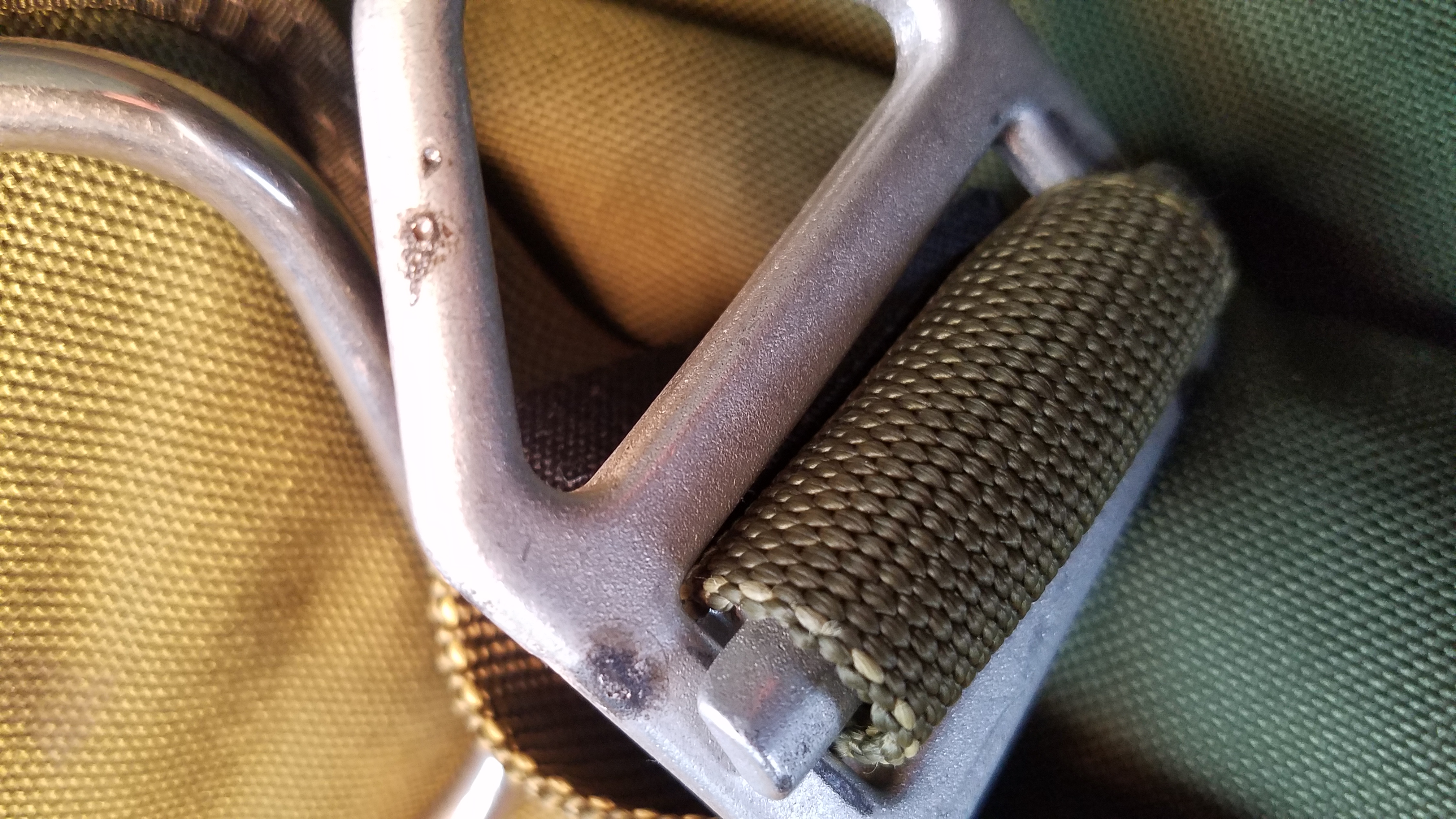
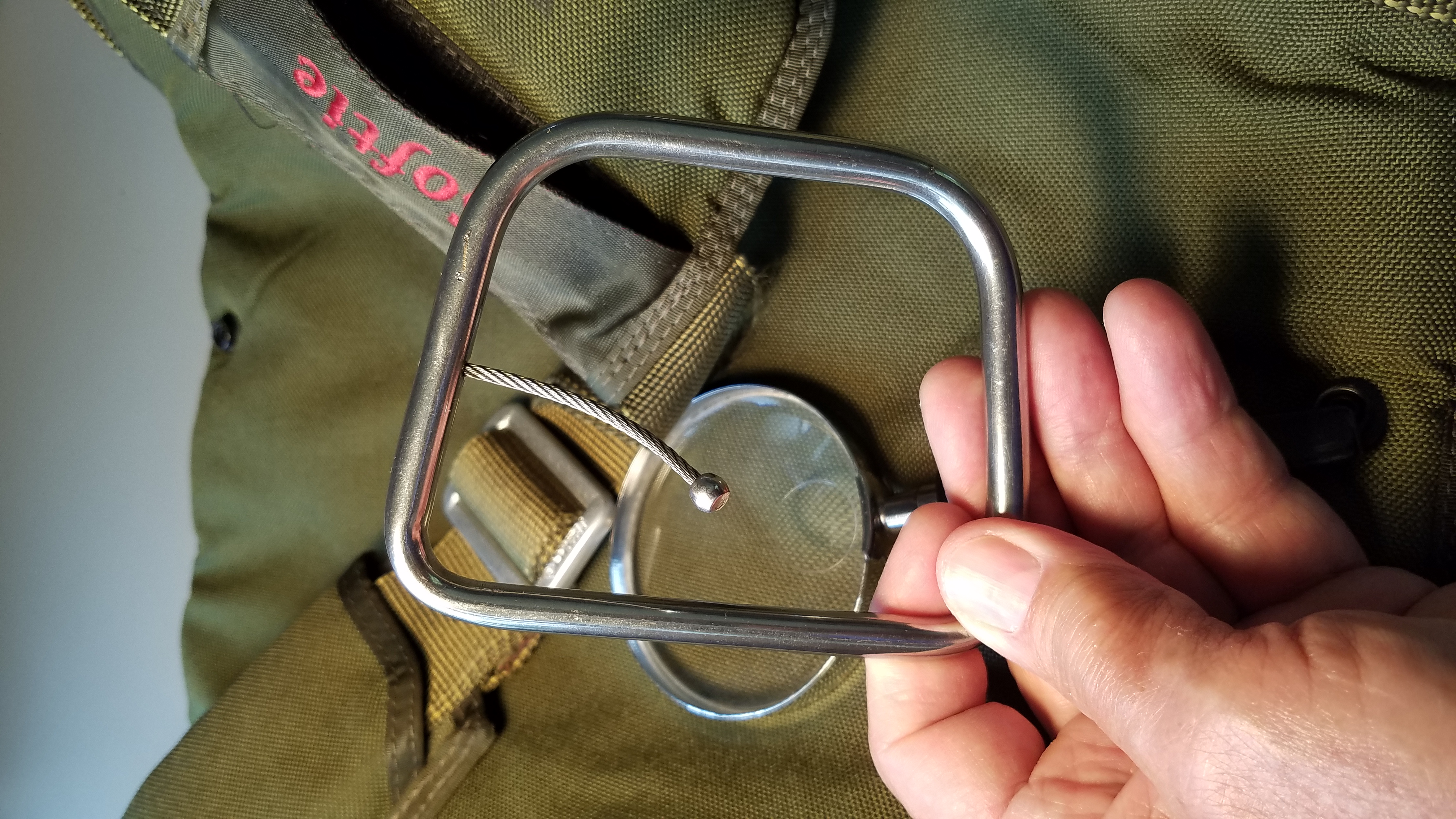
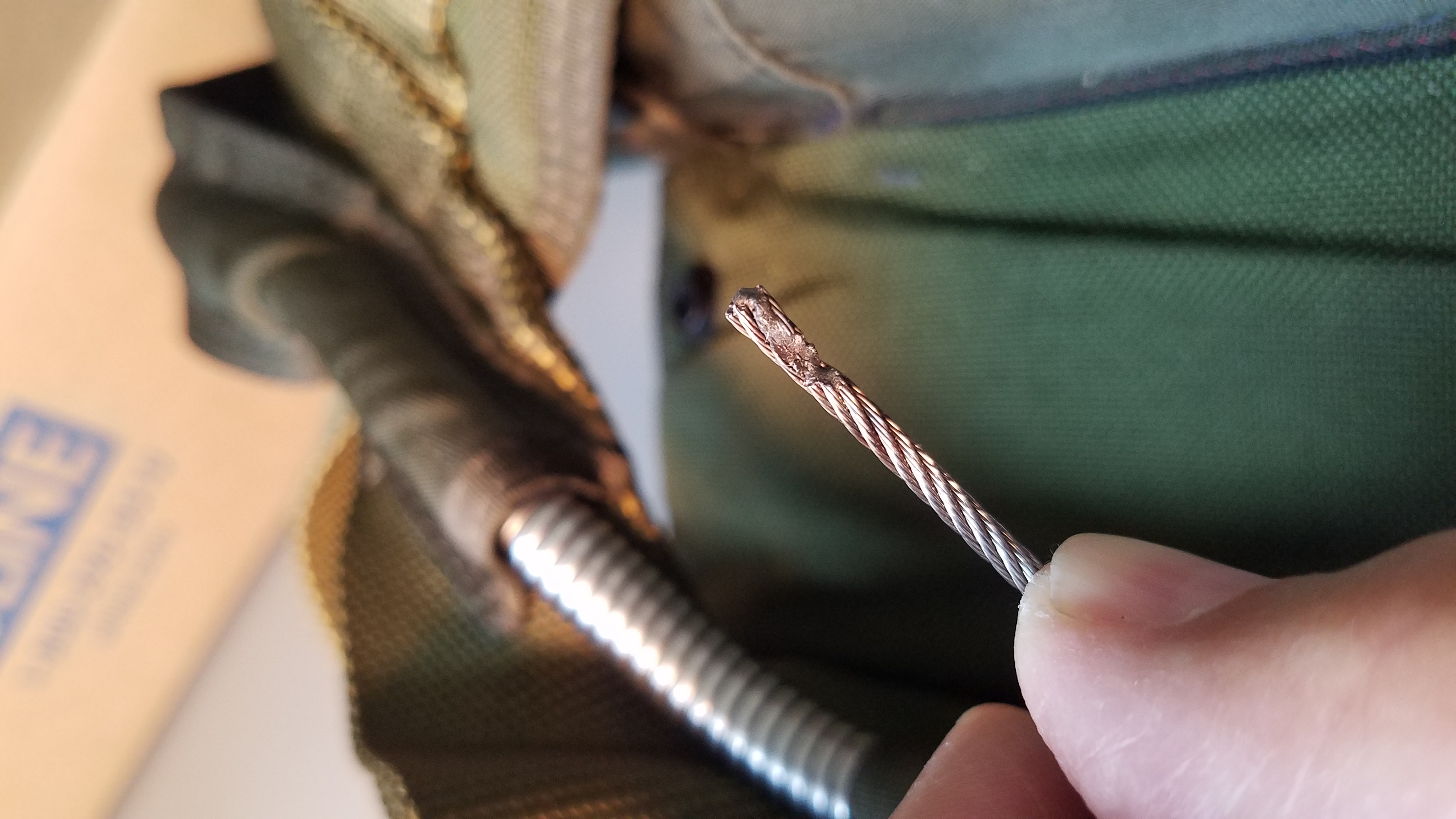
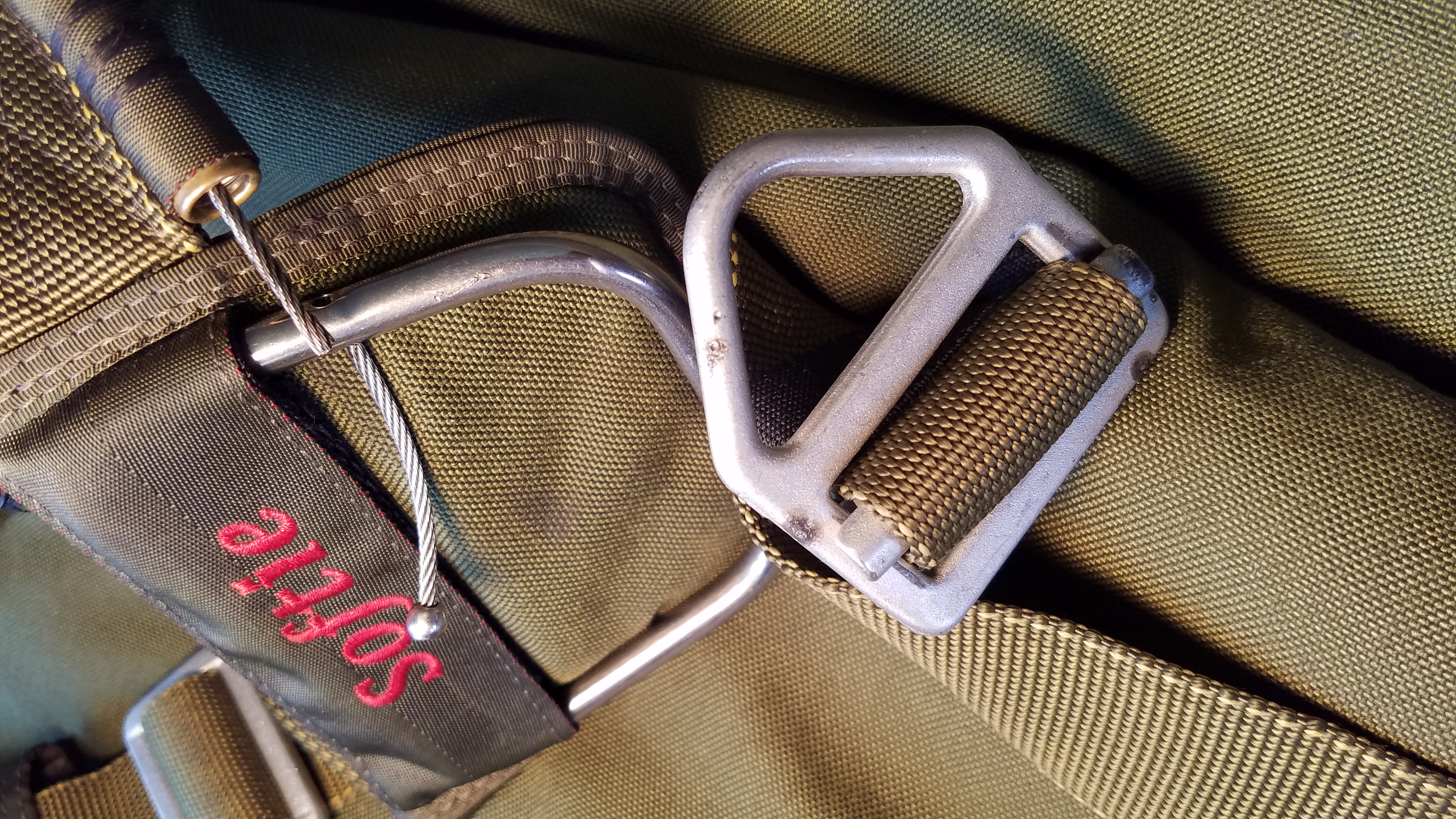
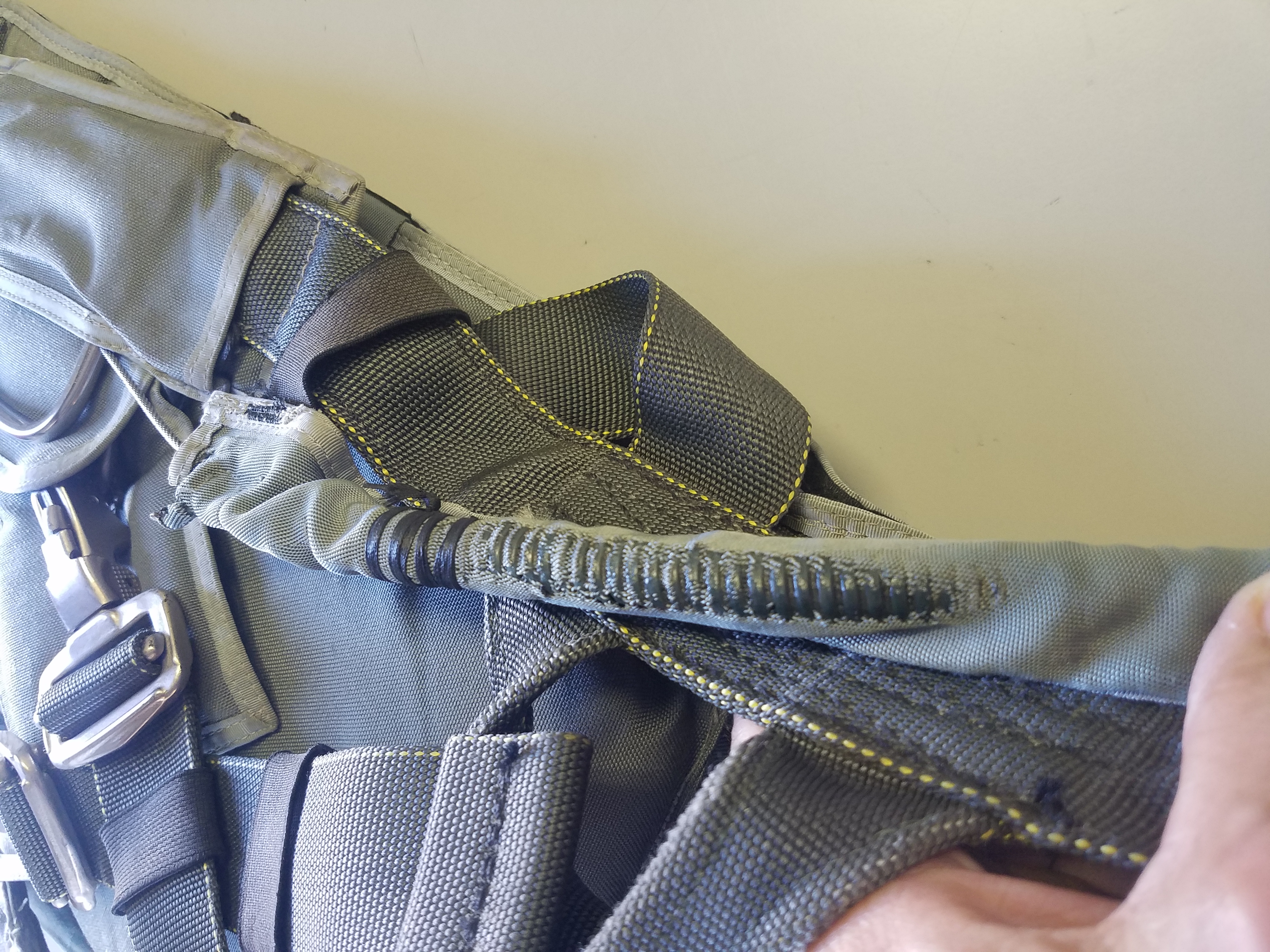
1) Arcing on leg strap 2) Cable end welded to ripcord 3) Melted cable end 4)Severed ripcord/legstrap hardware 5) Melted ripcord housing nylon sleeve
In the first four photos, you can see the severed cable and the cable end with evidence of arcing. This is the second time I have seen this type of damage, so this is not a one-off. The first time I saw parachute/battery damage is depicted in the final photo. On that occurrence, you will see that the current flow melted the nylon sleeve around the ripcord housing. Suffice it to say, parachutes and batteries do not play well together!
A quick search of the melting point of stainless-steel reveals that it melts at 2,750 degrees Fahrenheit! When I “pull tested” the normally free-floating cable end, which you see in photo No. 2, it required a force of 27 pounds to “un-weld” it from the handle. Do not underestimate the destructive potential of an aircraft battery. Make sure all exposed, current-carrying connections are protected with rubber nipples, and always be mindful of what your parachute may come in contact with.
As skydivers, we are taught from the first jump course onward that the greatest hazard while descending under a parachute is power lines. Power lines are found along roads, and therefore, roads are a good thing to steer away from. If you find yourself under a parachute and landing in or near power lines, throw the ripcord away!
Since releasing this information to my customer base I have had a plethora of other interesting battery stories shared with me, from electrical shorts to fires to explosions. I’m sure you have heard some of your own.
Finally, be sure to have your parachute inspected and recertified
Stay safe out there!
Parachute packing reference: FAR 91.307 (a) (1).

